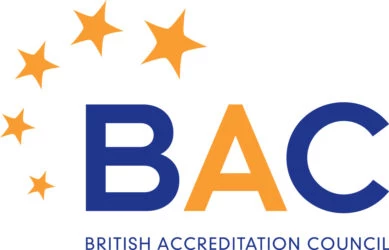If you walk through Cambridge today you’ll see students everywhere – having picnics in the parks, taking leisurely punting trips, and wondering round the shops. And they all look really very happy. Why is this? It’s because after months of hard work, exams have finally finished!
You may also notice that people can, all of a sudden, be found congregating around the River Cam, in numbers unprecedented during the rest of the year. This is because it is time for the ‘May Bumps’, an event that takes place at the end of the exam period every year, and sees athletes from each Cambridge college compete in a rowing competition that lasts 4 whole days!
The Bumps are not like any old rowing race, or regatta, you might see on the television. Before the race, boats are lined up one behind the other on a narrow stretch of the Cam, with a space between each boat. Each boat represents one of the colleges of Cambridge University, and so the competing college’s fans line the bank to cheer for their team, be it Downing, Trinity Hall, King’s or Churchill. There are 8 rowers in each boat and one cox, who is responsible for ensuring that the boat is travelling at a steady pace and in the correct direction. When the starting pistol fires, each boat must row as fast as possible, the aim being to catch up with the boat ahead, ‘bumping’ it, although a physical collision is actually avoided as it has the potential to cause harm to the rowers or damage to the boat. Instead, the cox of the boat which has been caught raises an arm to concede to the faster boat chasing them. The boats which have successfully ‘bumped’ their opponents move up one place in the division, and begin the race one spot further forward in the following days race. If a boat crew bump every day they are presented with a set of oars painted in the college colours and with the names of the crew members, for display in the boat’s home college.
It is incredibly exciting to be in Cambridge during the Bumps, and take part in a tradition which dates back to the 1820s! It is really is quite a spectacle!







